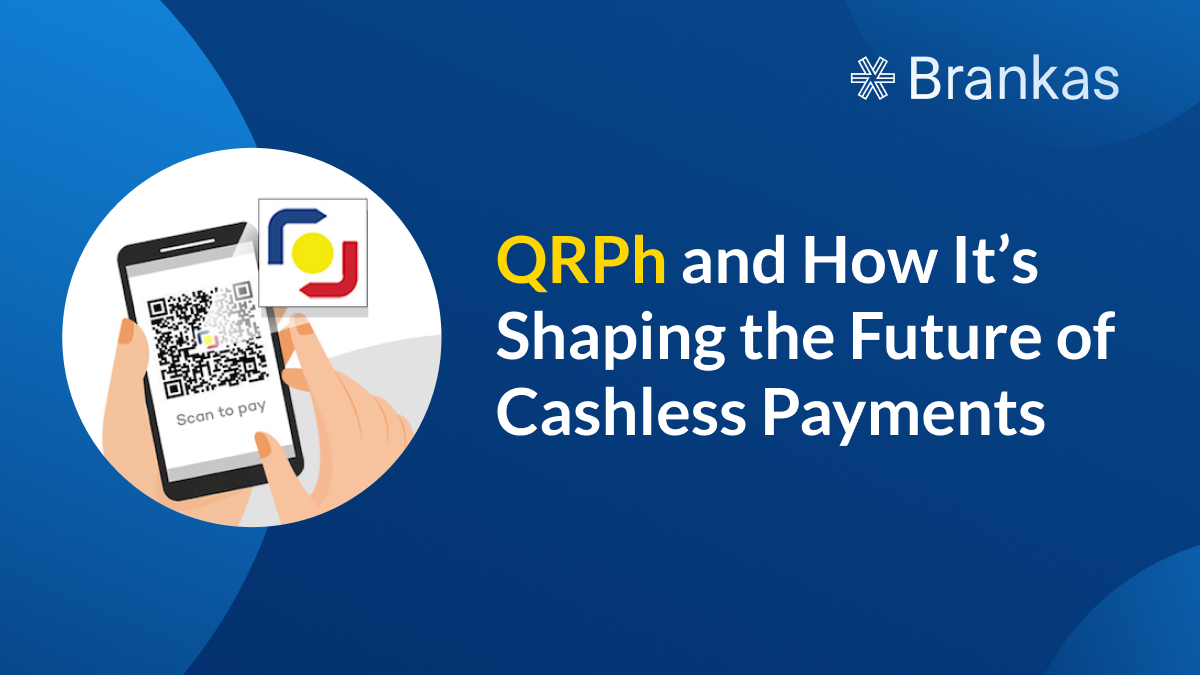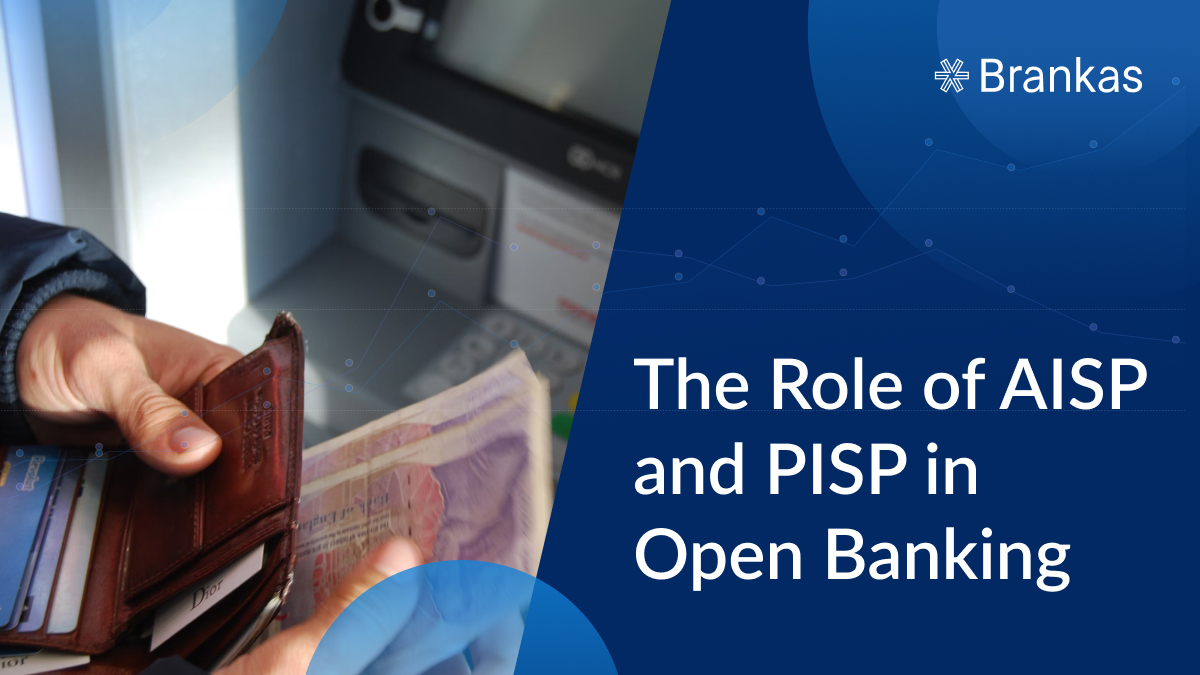The Role of AISP and PISP in Open Banking
Open banking has reshaped how financial services are accessed and utilized. The practice of sharing financial information with third-party providers using Application Programming Interfaces (APIs) enables a more interconnected and collaborative financial ecosystem. Account Information Service Providers (AISPs) and Payment Initiation Service Providers (PISPs) are two key players in open banking. The symbiotic relationship between AISPs and PISPs has become instrumental in fueling financial innovation, fostering competition, and delivering more personalized and efficient services to consumers and businesses alike.
AISP is a third-party service that gathers financial data from various sources with the user’s consent, such as banks and financial institutions. The primary function of AISPs is to aggregate this data to provide users with a consolidated view of their accounts, transactions, and financial behaviors. This panoramic snapshot empowers users to have a holistic understanding of their financial health, transcending the limitations of individual banking interfaces.
AISPs operate through APIs, secure channels that allow them to access and retrieve financial data from different sources. This process is initiated and authorized by the user. Once the user grants consent, the AISP can pull data related to account balances, transactions, and even historical financial patterns. This data is then processed, organized, and presented in a user-friendly format, often through dedicated applications or platforms.
Advantages of AISP for Consumers and Businesses
AISP enables consumers to view and manage their finances from a single interface effortlessly, fostering better budgeting, expense tracking, and financial planning. AISPs often offer insightful analytics and personalized recommendations based on the user’s financial behavior.
Businesses can leverage AISPs to access a more comprehensive understanding of their customers' financial situations. This not only aids in tailoring products and services but also opens avenues for enhanced risk assessment and more informed decision-making. The transparency and efficiency introduced by AISPs benefit both ends of the financial spectrum.
Exploring PISPs (Payment Initiation Service Providers)
A PISP is a third-party service that initiates payments on behalf of the users with their consent. This involves the transfer of funds from the user’s bank account to another designated account, all executed seamlessly through the PISP’s platform. The primary function of PISPs is to simplify and streamline the payment process, providing users with enhanced control and convenience.
PISPs also use APIs to connect with the user’s bank securely. Once the user authorizes a payment through the PISP, the provider communicates with the relevant banks to initiate the transaction. This process typically involves the PISP accessing necessary payment details, such as the recipient’s account information and the amount to be transferred. PISPs play a crucial role in orchestrating the secure flow of information between different financial entities to ensure a smooth and error-free payment initiation.
Benefits of PISPs for Streamlining Transactions
PISPs offer a more seamless and user-friendly payment experience for consumers. Users can initiate payments directly from their chosen platform, eliminating the need to navigate various banking interfaces. This not only saves time but also enhances the overall user experience.
PISPs contribute to a more efficient and cost-effective payment infrastructure for businesses. By leveraging PISPs, companies can streamline their payment processes, reduce transaction costs, and potentially access new markets by offering more flexible payment options. The secure and standardized nature of PISP-initiated payments enhances trust and security in the financial ecosystem, fostering a conducive environment for digital transactions.
The Collaborative Dynamics of AISPs and PISPs
AISPs and PISPs collaborate in open banking to redefine financial interactions. AISPs facilitate access to account information, empowering users with a comprehensive view of their finances. Meanwhile, PISPs leverage this data to initiate payments directly from user accounts, simplifying transactions.
This collaborative dance between AISPs and PISPs ensures that financial experiences are not only streamlined but also fortified with robust security measures. The synergy enables users to authorize payments and access financial insights without compromising their sensitive data. This intricate collaboration addresses privacy concerns by adhering to stringent security protocols and regulatory frameworks. AISPs and PISPs are vital contributors to open banking, forging a future where financial interactions are fluid and secure.
AISPs and PISPs in Practice
AISPs, with their prowess in accessing and utilizing account data, redefine how individuals and businesses engage with their finances.
-
Money management tools- merge financial information from various sources, offering users a comprehensive overview of their financial landscape. This enables users to effortlessly create budgets, monitor spending, and gain a holistic understanding of their financial situation, all in one unified platform.
-
Loan applications- users experience a swift and efficient application process by sharing financial information with lenders or brokers securely. This accelerates the traditional underwriting process and eliminates the need for manual compilation and verification of bank statements. Lenders benefit from enhanced insights, while borrowers enjoy a seamless and expedited application experience.
PISPs contribute to financial management with innovative tools.
-
Payment processes- seamless payments are initiated directly from user accounts. This empowers consumers to execute secure and convenient transactions without navigating through various platforms. PISPs ensure a streamlined and efficient payment process, whether it is settling bills, making purchases, or conducting business transactions.
-
Integration with back-office systems- Empowers companies to manage payments efficiently, make real-time bank transfers, and gain enhanced visibility into their financial transactions.
AISPs and PISPs together epitomize the collaborative essence of open banking, transforming how financial data is accessed, utilized, and transacted. These use cases underscore the profound impact of AISPs and PISPs in reshaping the financial landscape, making open banking not just a concept but a dynamic reality.
Regulations Governing AISPs and PISPs in Europe
AISPs and PISPs in Europe operate within a framework governed by key regulations such as PSD2 (Revised Payment Service Directive) and GDPR (General Data Protection Regulation).
PSD2 is the cornerstone for AISPs and PISPs, fostering competition, innovation, and security. It mandates strong customer authentication (SCA) and introduces the concept of Third-Party Providers (TPPs). GDPR, a comprehensive data protection regulation, emphasizes the need for transparent and lawful data processing, a critical consideration for AISPs dealing with sensitive financial data.
Compliance with regulatory standards is not merely a legal requirement; it is instrumental in building trust among consumers. AISPs and PISPs must ensure stringent compliance to reassure users about the security and privacy of their information. Trust is the bedrock of the open banking ecosystem, and regulatory compliance forms the cornerstone of this trust.
How European Businesses Benefit from AISPs and PISPs
Businesses are increasingly leveraging the capabilities of AISPs and PISPs to unlock new possibilities. The benefits extend beyond enhanced financial services, touching various facets of business operations and customer interactions.
1. Streamlined financial management
AISPs provide enterprises with comprehensive insights into their financial landscape to empower informed decision-making and enable efficient budgeting, expense monitoring, and strategic financial planning.
2. Expedited payments and collections
Companies can optimize their financial operations with PISPs to ensure timely transactions without the complexities associated with traditional methods.
3. Enhanced customer experience
Businesses offering financial products or services can enhance the overall customer experience by collaborating with AISPs. AISPs contribute to a more user-centric approach that attracts tech-savvy consumers and fosters loyalty through tailored financial solutions.
Third-Party Providers
Enterprises stand to gain significantly from embracing AISPs and PISPs in their operations. Strategic collaborations with trusted TPPs are instrumental in maximizing the benefits of open banking while ensuring the security and satisfaction of both businesses and their customers.
Considerations in Choosing a TPP
- Security and compliance- Ensure the TPP adheres to the highest security standards and complies with relevant regulations, such as PSD2 and GDPR.
- Reputation and reliability- Opt for established TPPs with a proven track record in facilitating secure and reliable transactions.
- Range of services- Assess the breadth of services offered by the TPP to ensure they align with the specific needs and objectives of your business.
- User experience- The ease of integration and user interface are crucial factors for a seamless experience for both businesses and end-users.
- Cost structure- Evaluate the pricing model of the TPP to ensure it aligns with your budget and provides value for the services rendered.
The instrumental role played by AISPs and PISPs in the European financial landscape cannot be overstated. These providers are catalysts for innovation and efficiency, from empowering businesses with holistic financial insights to streamlining payment processes and enhancing customer experiences. Businesses are encouraged to adopt these services strategically as we ride the transformative wave of open banking to take advantage of the potential for growth, improved operations, and elevated customer satisfaction.


